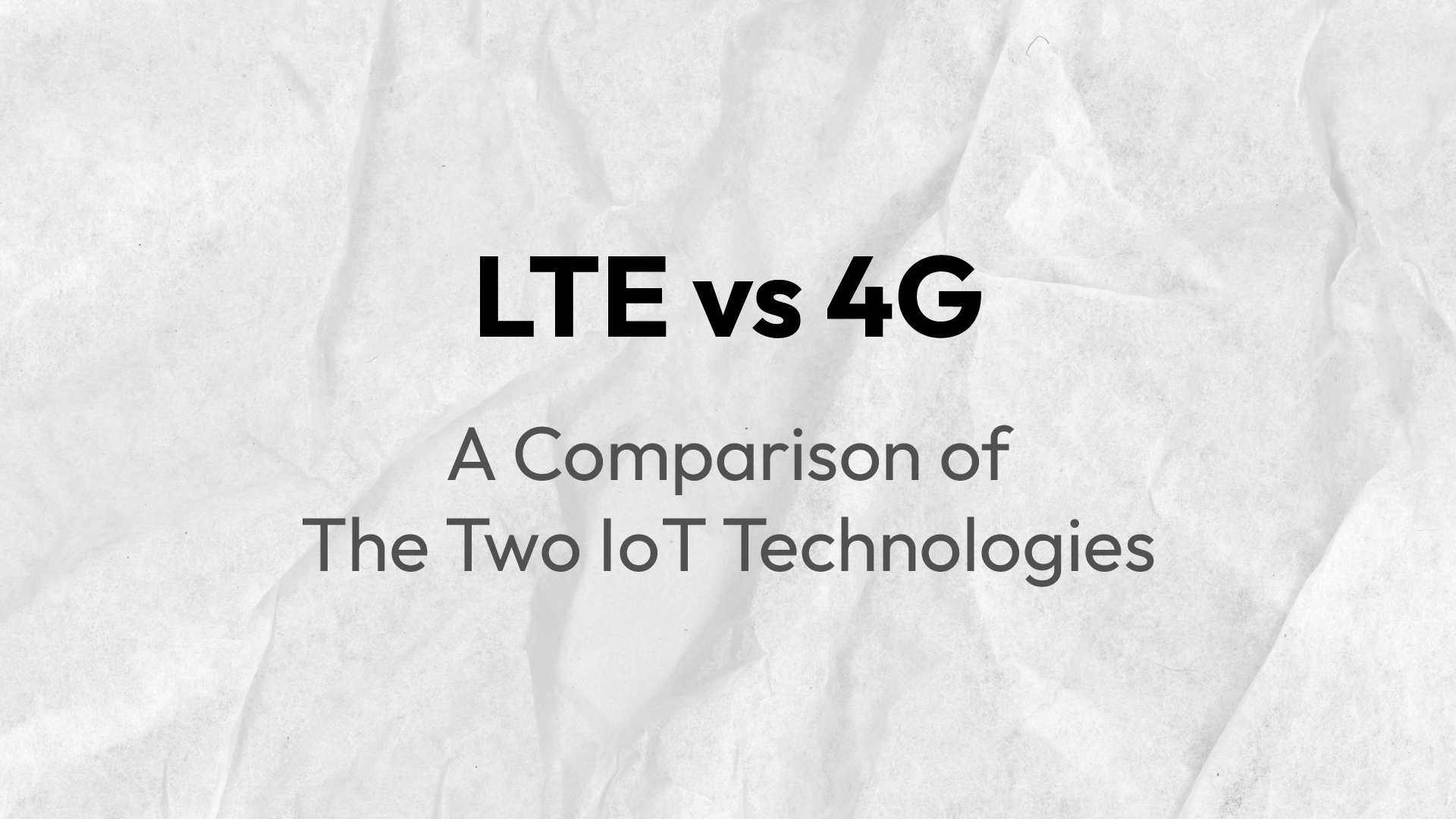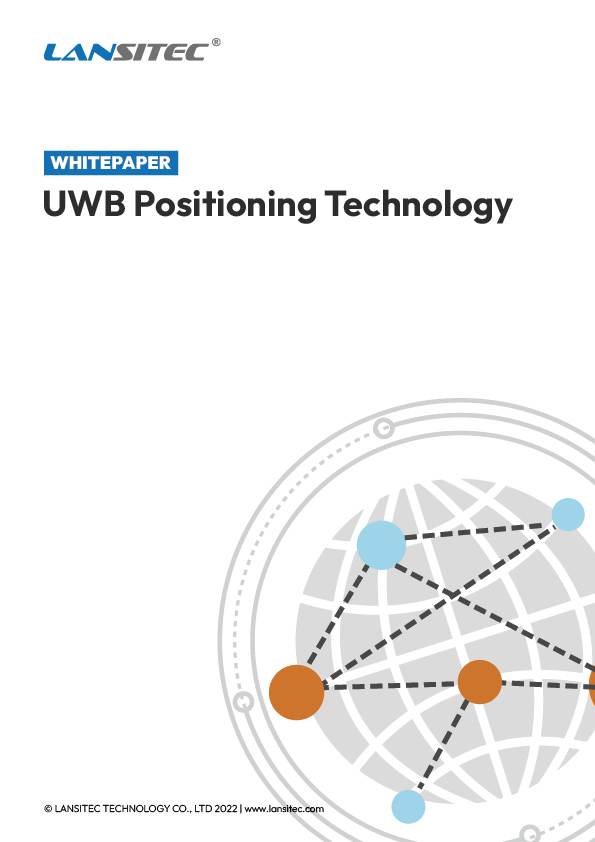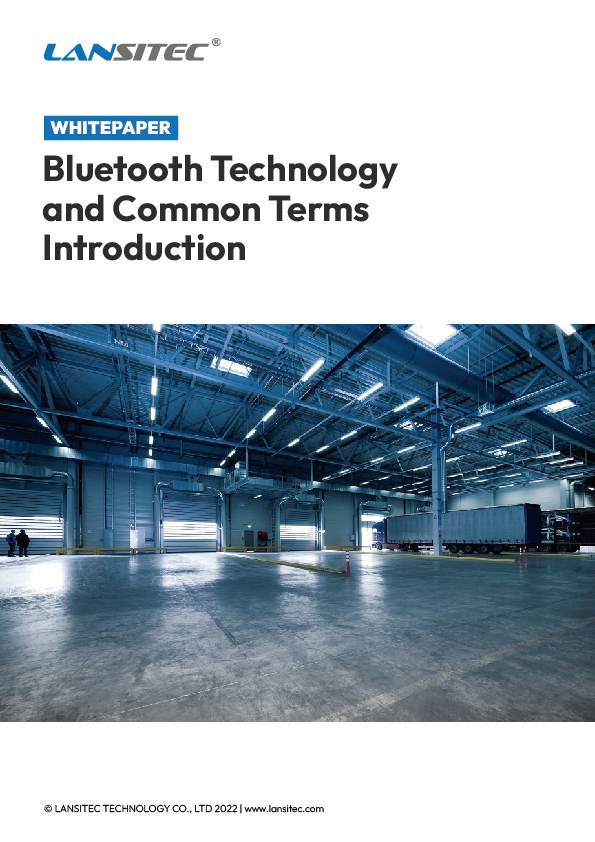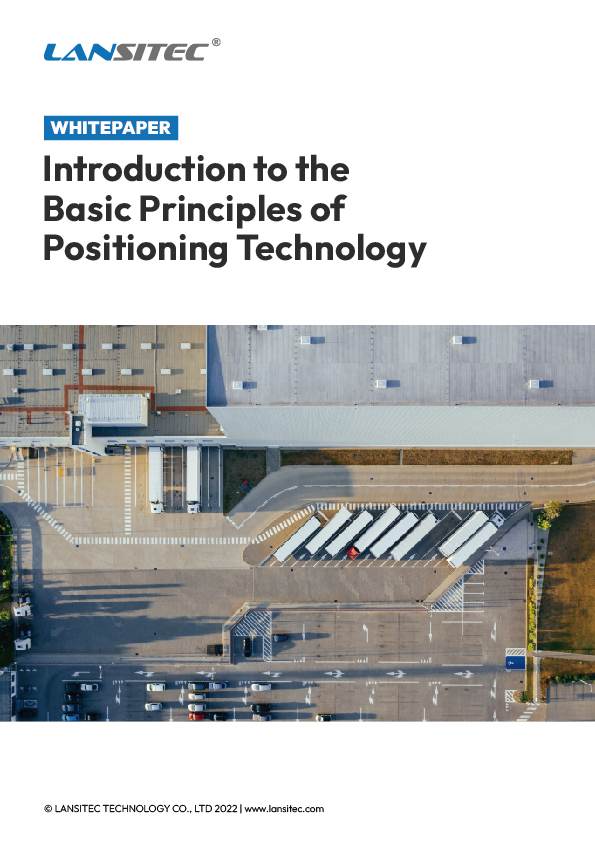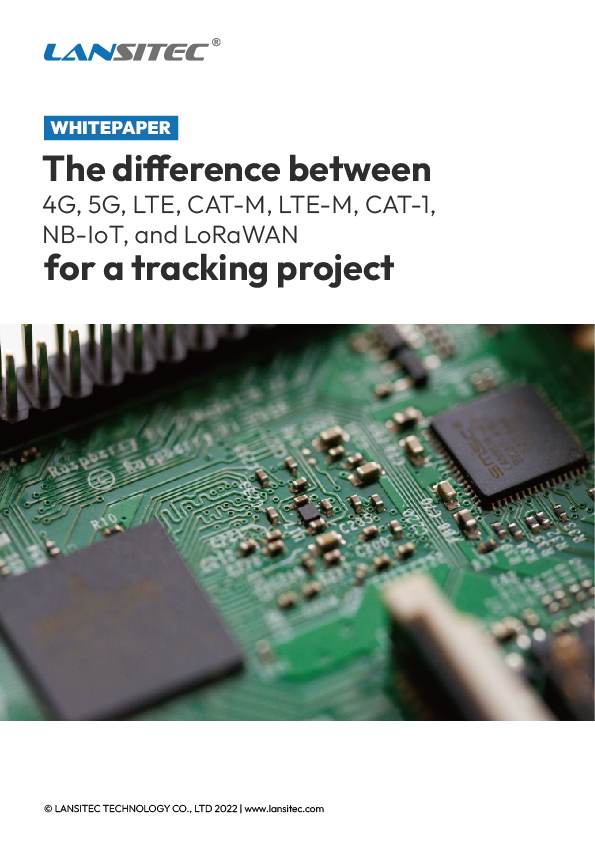LTE vs 4G
LTE vs 4G are two terms related to mobile network technology. LTE stands for Long-term Evolution and is a standard for wireless broadband communication. 4G stands for fourth generation and is a general term for the fourth generation of mobile data technology, as defined by the International Telecommunication Union (ITU).
LTE is one of the technologies that can provide 4G speeds, but not all LTE networks can meet the criteria for 4G, such as a peak download speed of at least 100 Mbps. To differentiate between these cases, some carriers use the term 4G LTE to indicate a faster and more advanced LTE network that meets the 4G requirements. However, some carriers may also use the term 4G LTE to market their LTE networks that are actually slower than the 4G standard.
WiMAX is another technology that can provide 4G speeds, which stands for Worldwide Interoperability for Microwave Access. WiMAX is similar to LTE in that it uses radio waves to transmit data but has a different network architecture and frequency range. WiMAX was more popular in the early days of 4G, but LTE has largely replaced it in most markets.
To summarize, LTE and 4G are not exactly the same thing, but they are often used interchangeably by carriers and consumers. LTE is a specific technology that can deliver 4G speeds, but not all LTE networks are 4G compliant. WiMAX is another technology that can deliver 4G speeds but is less common than LTE.

